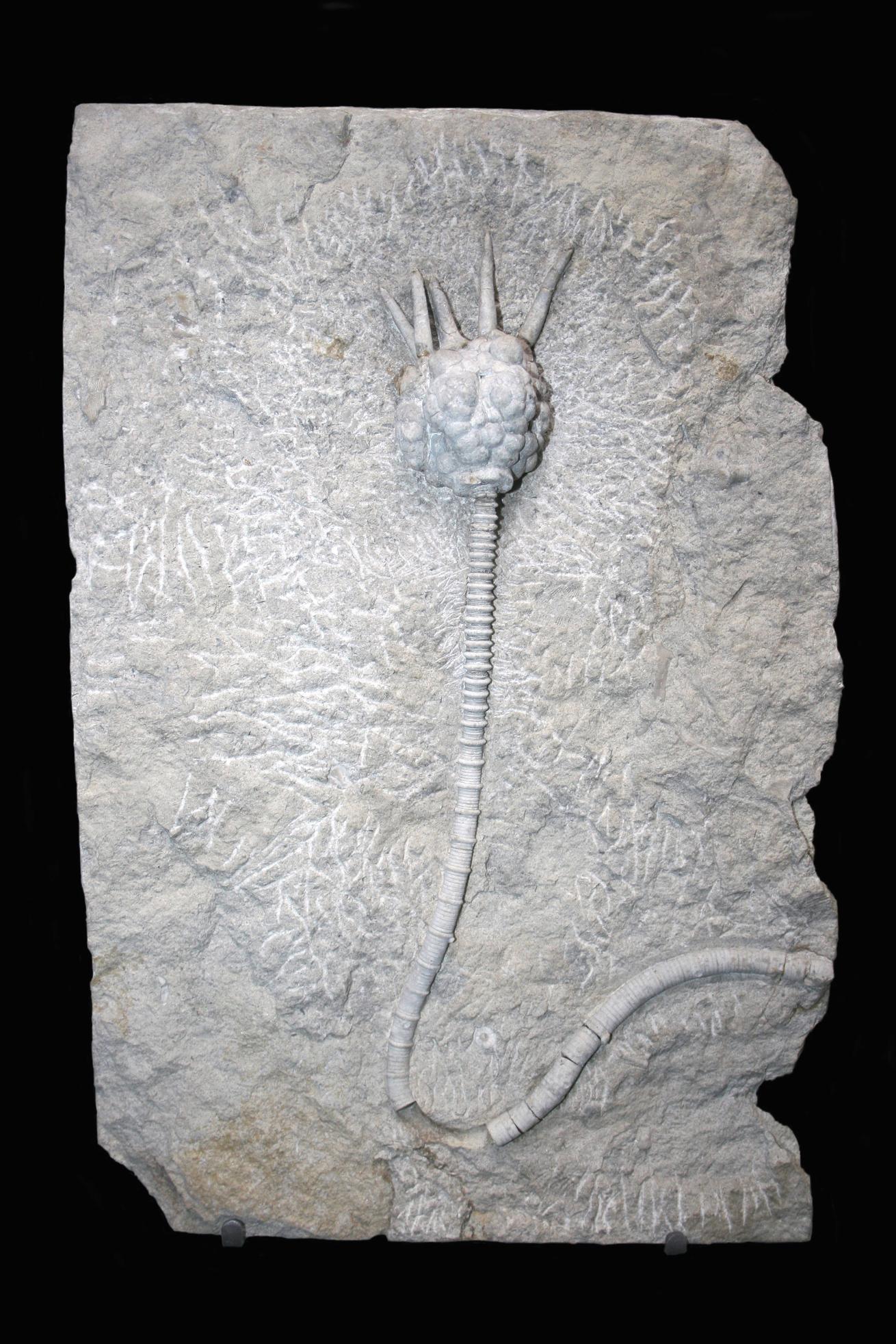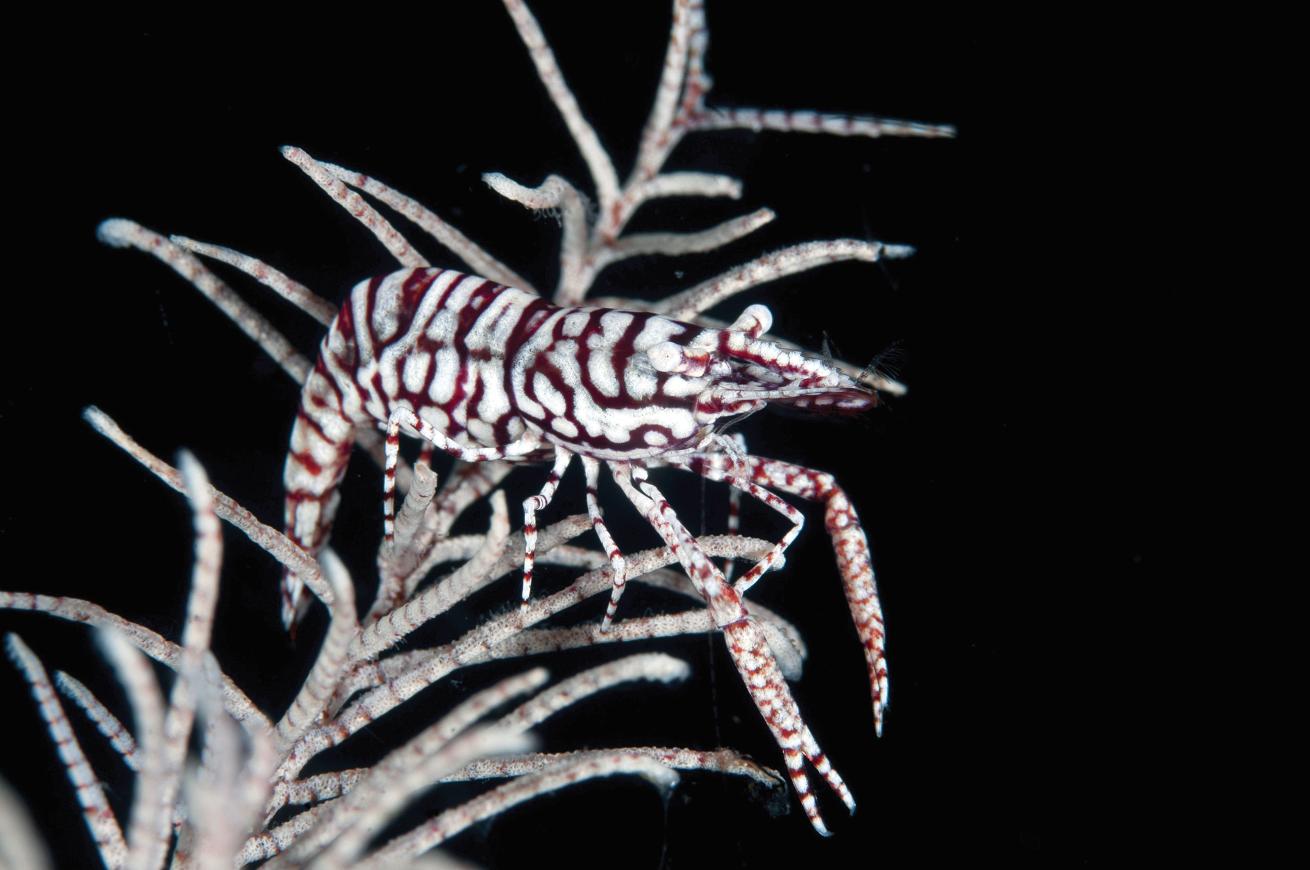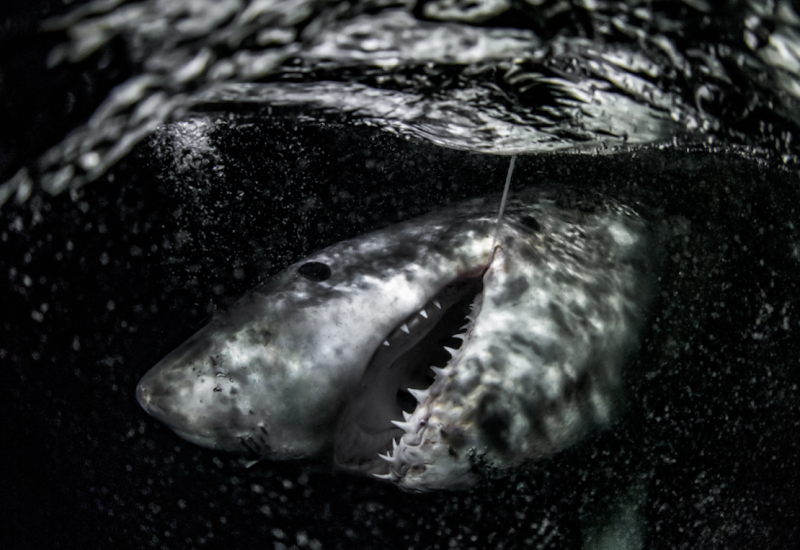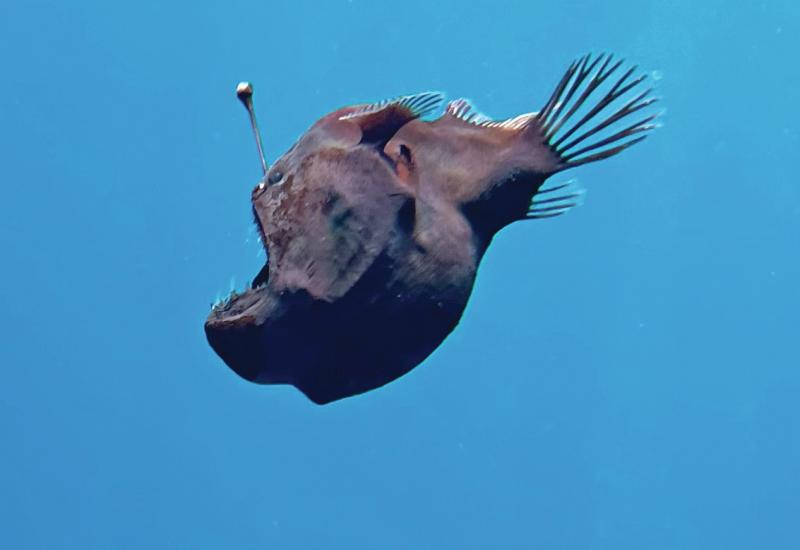Species: The Crinoid

Jane Gould/AlamyDespite appearances, crinoids are not plants; they are marine animals.

Sabena Jane Blackbird/AlamyThe crinoid fossil record dates back more than 450 million years, making them almost twice as old as the dinosaurs. When predatory fishes first appeared in the seas, fossils show rapid evolution of crinoids. Today they have very few predators.

Getty Images / iStockphotoSpawning is dictated by seasonal and lunar cues. Millions of eggs and sperm are released into the water, where fertilization takes place before they float away with the current. Their anatomy has three main parts: the stem, the calyx (body) and the arms, which are covered in tiny suspension-feeding filaments.

FLPA/AlamyCrinoids offer shelter, food and camouflage to a wide variety of other animals, accommodating many commensal creatures such as shrimps and squat lobsters.
These ancestors of the sea star have barely changed in more than 450 million years. Check out the crinoid as it has made its way through history.
There are around 600 living species of crinoids. The largest have a diameter of 3 feet when open.
Crinoids are able to regenerate most of their organs. After experimental amputation, arm tips grow back after just 43 days.
Follow Richard Smith's underwater adventures at oceanrealmimages.com.










